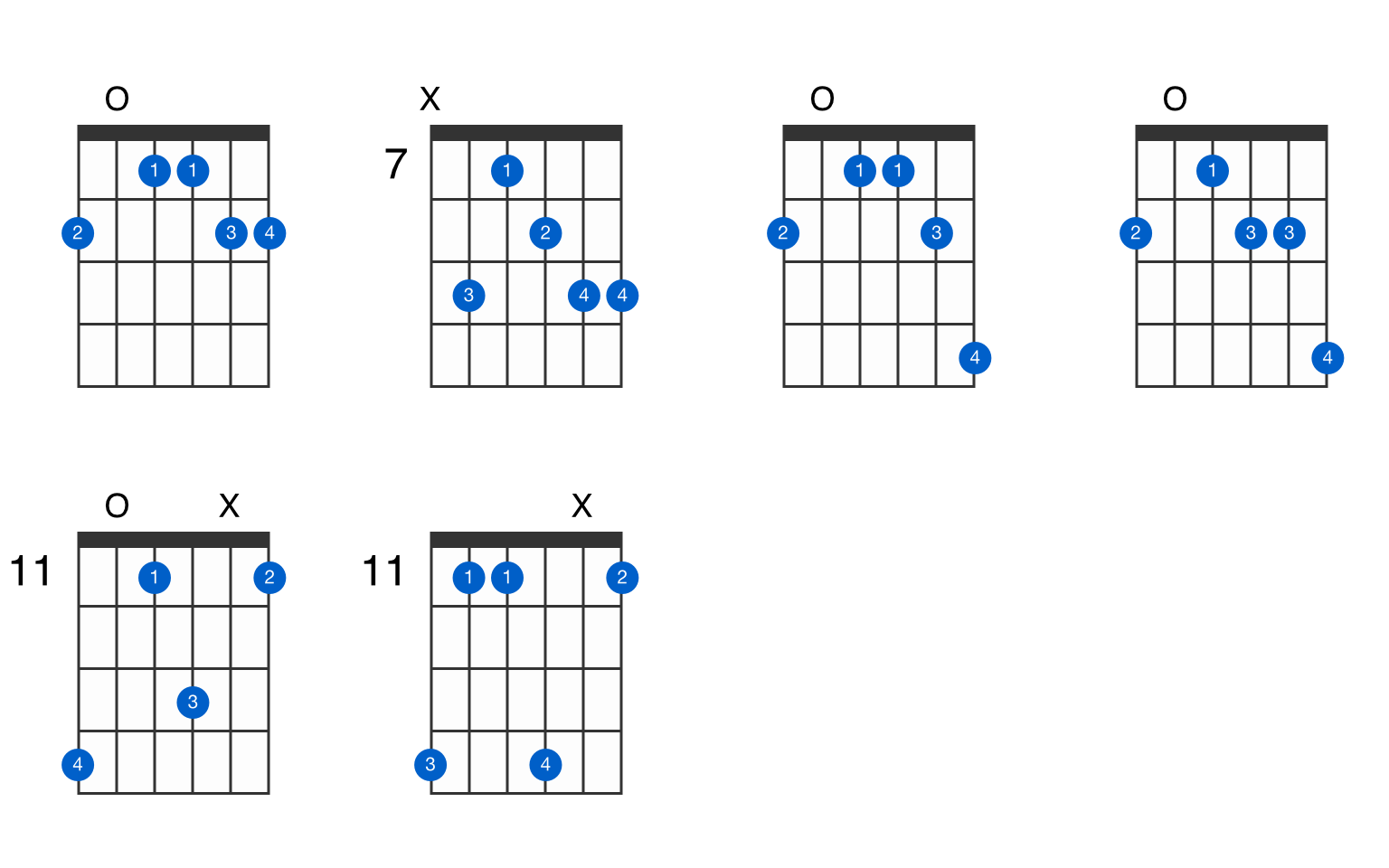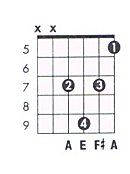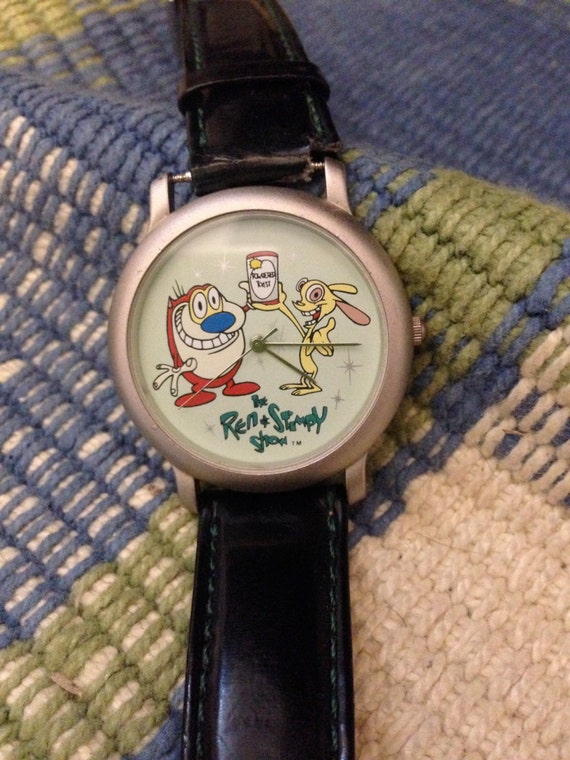

"A Royal Scam: The Abstruse and Ironic Bop-Rock Harmony of Steely Dan", pp. (2010) The Oxford History of Western Music, Volume 4, Music in the Nineteenth Century, Oxford University Press. A Treatise on the Theory and Practice of Music, p.

^ a b Fétis, François-Joseph and Arlin, Mary I.What to Listen for in Rock: A Stylistic Analysis. ^ a b c Benward, Bruce Saker, Marilyn (2009).
#G ADD 9 GUI TAR CHORD MANUAL#

The opening phrase of Chopin's well-known " Minute Waltz" climaxes on a dominant 9th chord:Īudio playback is not supported in your browser. James Brown's " I Got You (I Feel Good)" features a striking dominant 9th arpeggio played staccato at the end of the opening 12-bar sequence.

Įxample of tonic dominant ninth chords include Bobbie Gentry's " Ode to Billie Joe" and Wild Cherry's " Play That Funky Music". The ninth and seventh usually resolve downward to the fifth and third of I. In the common practice period, "the root, 3rd, 7th, and 9th are the most common factors present in the V 9 chord," with the 5th, "typically omitted". The ninth is commonly chromatically altered by half-step either up or down to create more tension and dissonance. C dominant ninth (C 9) would usually be expected to resolve to an F major chord (the implied key, C being the dominant of F).
#G ADD 9 GUI TAR CHORD PLUS#
a major triad plus the minor seventh, to which the ninth is added: e.g., a C 9 consists of C, E, G, B ♭ and D. That is, the implied seventh chord is a dominant seventh, i.e. When the symbol "9" is not preceded by the word "major" or "maj" (e.g., C 9), the chord is a dominant ninth. Thus, a Cmaj 9 consists of C, E, G, B and D. A major ninth chord (e.g., Cmaj 9), as an extended chord, adds the major seventh along with the ninth to the major triad. A dominant ninth is the combination of a dominant chord (with a minor seventh) and a major ninth. There is a difference between a major ninth chord and a dominant ninth chord. Problems playing these files? See media help.


 0 kommentar(er)
0 kommentar(er)
